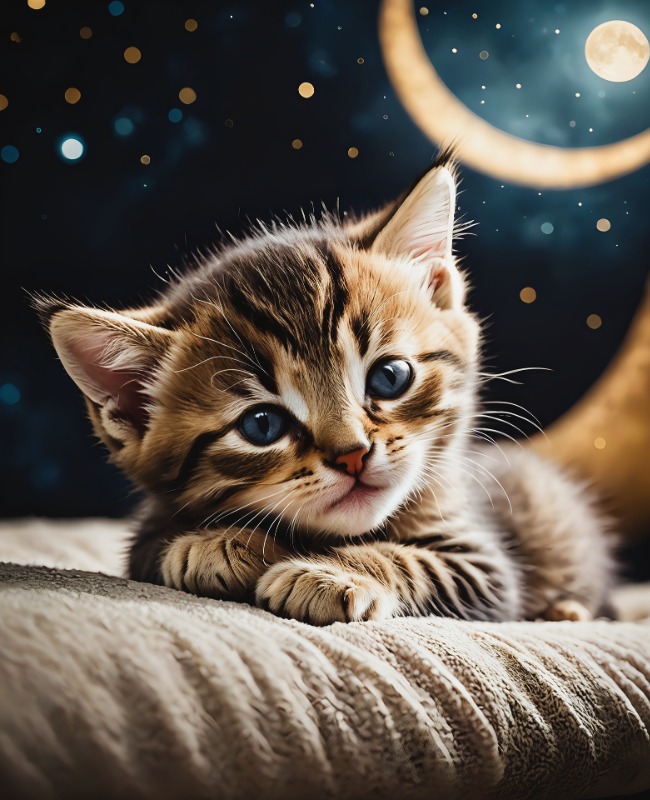search
date/time
 | North East Post Weekend Edition |
12:00 AM 25th October 2025
lifestyle
We Need To Rethink How We Talk About Animals

Images: The Oxford Centre for Animal Ethics,
Staff did not respond to the tourists or remind visitors that only caretakers may interact with the calves. Occasionally they did note that the goal is reintegration to the wild, not human entertainment.
When we frame animals as babies (think cute, harmless, dependent), we start to feel entitled to their bodies and attention. The 'aww' becomes a permission slip.

The Austrian ethologist Konrad Lorenz called it Kindchenschema – the 'baby schema' of big eyes, round faces, bobble-headed proportions that trigger caretaking impulses in us. Modern neuroscience has updated the concept, showing that baby-schema faces are processed as rewarding and can motivate approach behaviour. You can even dial the effect up or down by subtly altering facial proportions. What’s more, it isn’t limited to our own species. When adult animal faces are made more infant-like, humans tend to rate them as cuter and feel more compelled to engage.
Call it the modern 'Bambi effect'. We rally for the adorable deer; we ignore equally sentient beings deemed uncharismatic or inconvenient. The term is cultural shorthand, but scholars have traced how Disney’s Bambi helped seed a sentimental, highly visual relationship to wildlife that can obscure messier realities.
Once the “baby” frame is in place, exploitation finds an easy on-ramp.

Platforms now warn users about certain wildlife hashtags after reporting tied, cute, cuddly content as clear depictions of cruelty. Think slow lorises in pyjamas, lion cubs in diapers, monkeys bottle-fed under studio lights. National Geographic broke the news in 2017 that Instagram would introduce pop-up notices for tags like #slothselfie and #tigercubselfie – a small step that acknowledged how visibility can drive harm.
Meanwhile, NGOs documented how 'cute' viral clips fuel demand for illegal pets and photo-prop encounters; early analysis of a viral “tickling slow loris” video found that a significant share of commenters expressed a desire to own a loris as a pet.
Or look at the pet market, where lifelong baby-like traits have been a design goal. We have bred dogs with ever flatter faces and bigger eyes because they read as infant-like. Veterinarians globally are now pleading with the public to stop normalising the 'look' which leaves dogs unable to breathe. The World Small Animal Veterinary Association calls the surge in short-nosed breeds a 'canine welfare crisis,' and the British Veterinary Association’s Breed to Breathe campaign catalogues the routine suffering (for example, airway obstruction, eye disease, heat intolerance) that comes with those faces. Those faces that are just so darn cute.
Infantilisation does moral and economic work
Babies are watched. Babies are handled. Babies are narrated. We talk for them. We schedule their lives to fit our viewing. John Berger saw this clearly in his essay Why Look at Animals?, a critique of how modern institutions turned animals into objects of sight, their agency rendered into display. This insight lands even harder in an age of reels and livestreams, where the business model is engineered around watch time. The more an animal is framed as a sweet, compliant 'baby,' the more watchable it becomes, and the more the algorithm learns to serve us similar scenes.
The digital 'aww' doesn’t stop at the screen. There’s now a paper trail showing that cute, 'hands-on' videos normalise exotic pet ownership and can goose demand.
Meanwhile, traffickers and sellers have adapted to where the eyeballs are. Conservation groups and journalists have documented how wildlife advertising and sales migrated to mainstream platforms and messaging apps.
These platforms didn’t invent exploitation, but they have perfected a particular kind of watching: intimate, constant, algorithmically amplified. Watching that treats animals as content first and living subjects second. When the camera is always on, 'baby' becomes both hook and alibi. We don’t just look; we learn to expect access. And as Berger warned, once an animal is reduced to a spectacle, it becomes easier to manage, breed, buy, and sell in ways that fit our story.
.jpg)
Say the adult out loud. 'Calf,' 'cow,' 'hen,' 'elephant,' 'dog.' Baby words are accurate when the animal is a baby; otherwise, it is an exploitative framing device.
Make absence acceptable. If an animal at a sanctuary isn’t visible, that’s not failure; it’s a tiny success for their autonomy. It’s okay to go home without a photo.
Refuse the cuddle economy. Don’t share or pay for content that shows wild animals handled, hugged, diapered, or used as props. If a clip makes you wonder “Is this okay?”, it probably isn’t. (Instagram’s wildlife-selfie warnings didn’t appear in a vacuum; they were a response to documented harm.)
Demand evidence, not aesthetics. Be sceptical of baby-animal imagery paired with undefined claims. Support regulators when they move to require substantiation.
What I saw in Nairobi wasn’t uniquely 'tourist' behaviour; it was a mirror. In the span of an hour, the crowd cycled through the whole story we tell ourselves about animals: our tenderness (the 'baby!'); our curiosity (the phones up); our certainty that our presence is harmless (the coaxing, the jokes). The keepers never lost patience, but their rules drew a line we should learn to draw for ourselves. Real care is often invisible: it looks like long hours, quiet routines, and declining the shot.
A friend once told me that the best wildlife encounters are the ones you almost miss. I think that’s right. The most honest love for animals might be love at their adult size, a love that tolerates distance, that accepts 'no,' that steps back from the rope. The move from 'aww' to ownership is fast and mostly unthinking; undoing it will take intention. But the stakes are simple enough to say plainly: if we keep shrinking animals to fit our arms, we will keep breaking them to fit our lives.

Taylor Waters
Web: www.oxfordanimalethics.com/home
Web: www.theanimalthing.com